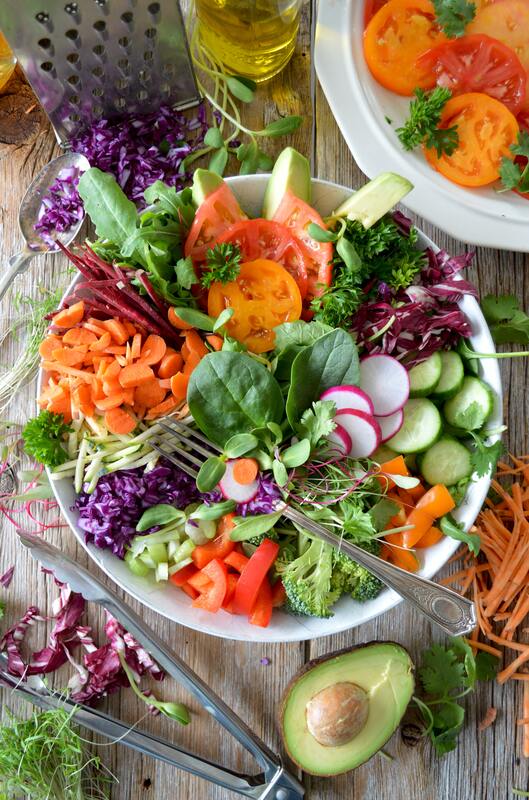|
Are you taking your bariatric multivitamins?
It is important after weight loss surgery to take a bariatric specific multivitamin. I like to explain vitamins and minerals with the ‘Goldilocks rule’- you don’t want too little or too much- you want the amounts to be JUST RIGHT. Many of my patients take over the counter vitamins which may be lacking in certain vitamins and minerals. Whilst it can be better to take supermarket brands, gummies etc than nothing at all, over time you may become deficient in key nutrients. A dietitian can look at the brands you are taking and guide you on whether your brands are falling short. I typically recommend the BN range but it is important to be guided by a specialist team. More vitamins aren’t always better! Annual (or more frequent if recommended by your doctor) blood tests are also important to see if your regimen is enough for you as an INDIVIDUAL.
0 Comments
|
About the AuthorCARLOW BARLOW Archives
June 2022
Categories |





